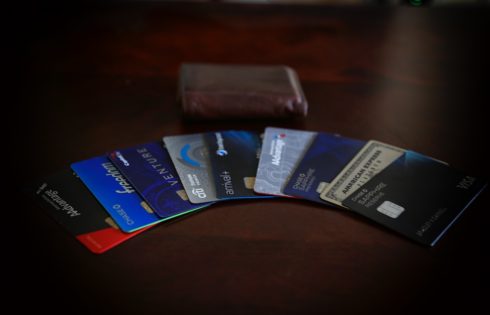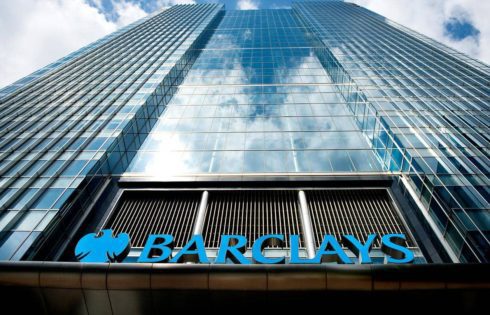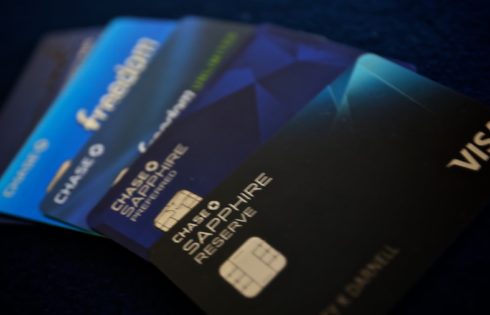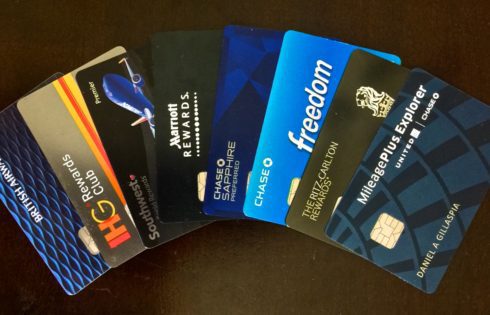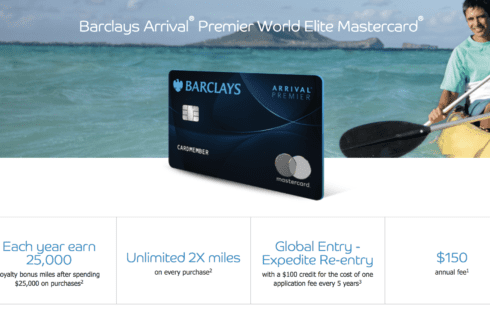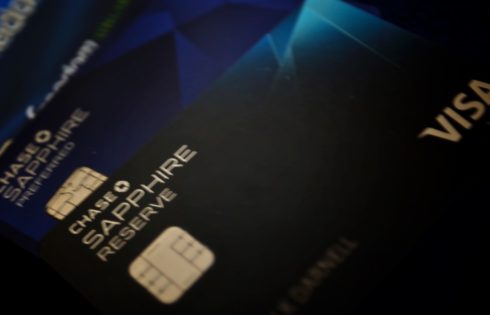
Tips for Contacting Chase Sapphire Customer Service (Reserve & Preferred) [2020]
There’s a million reasons why you may need to call Chase customer service for your Chase Sapphire Preferred or Chase Sapphire Reserve but there are a few important issues that

